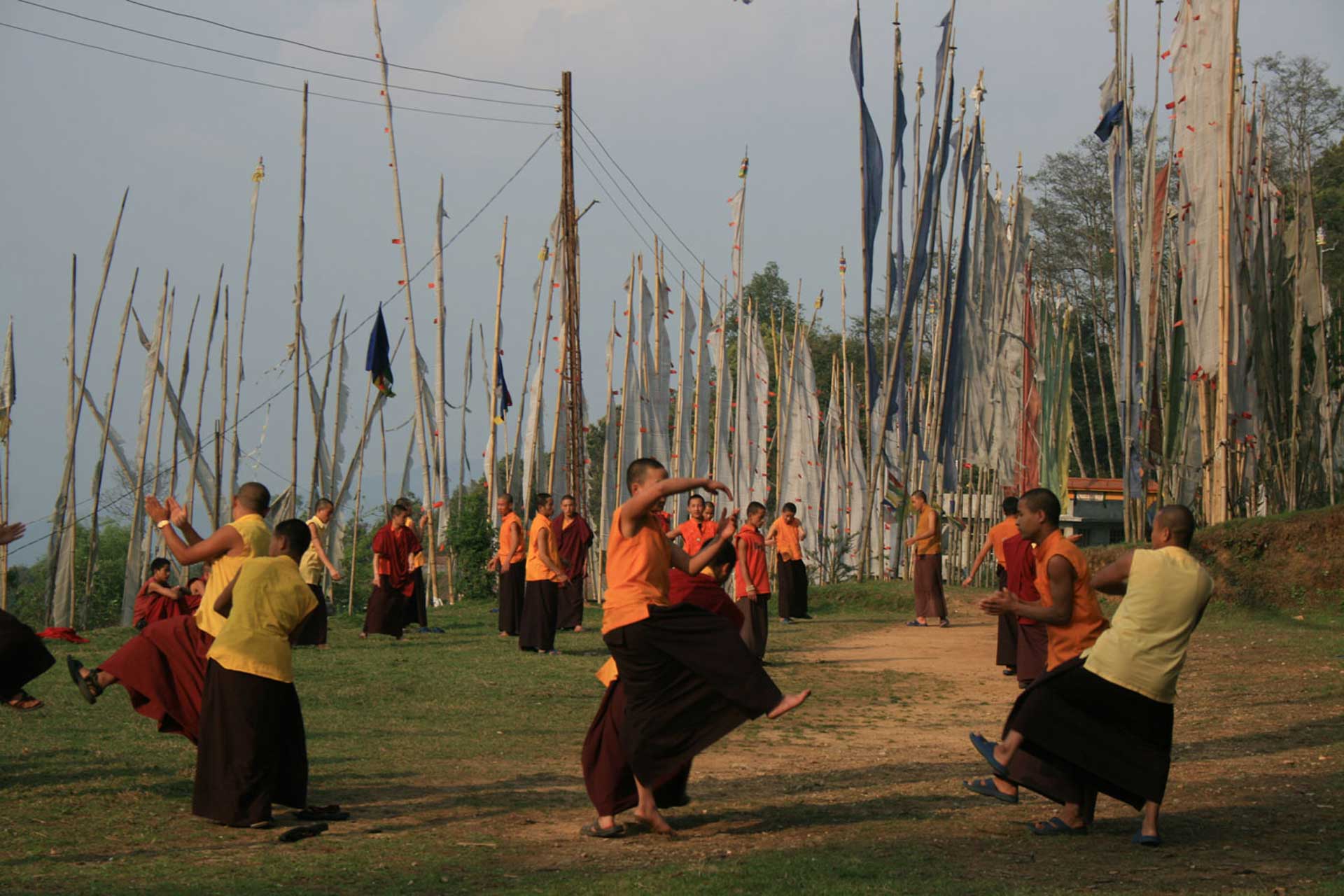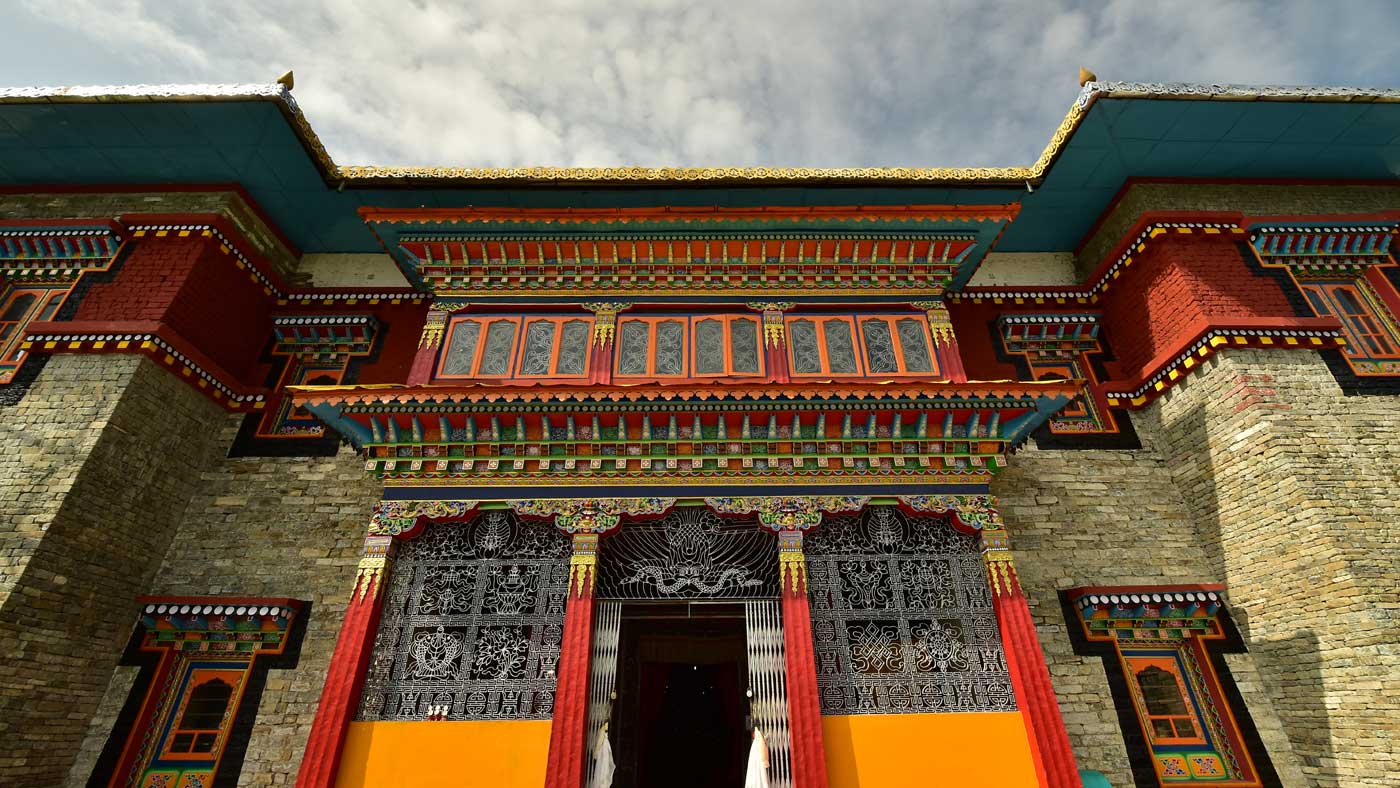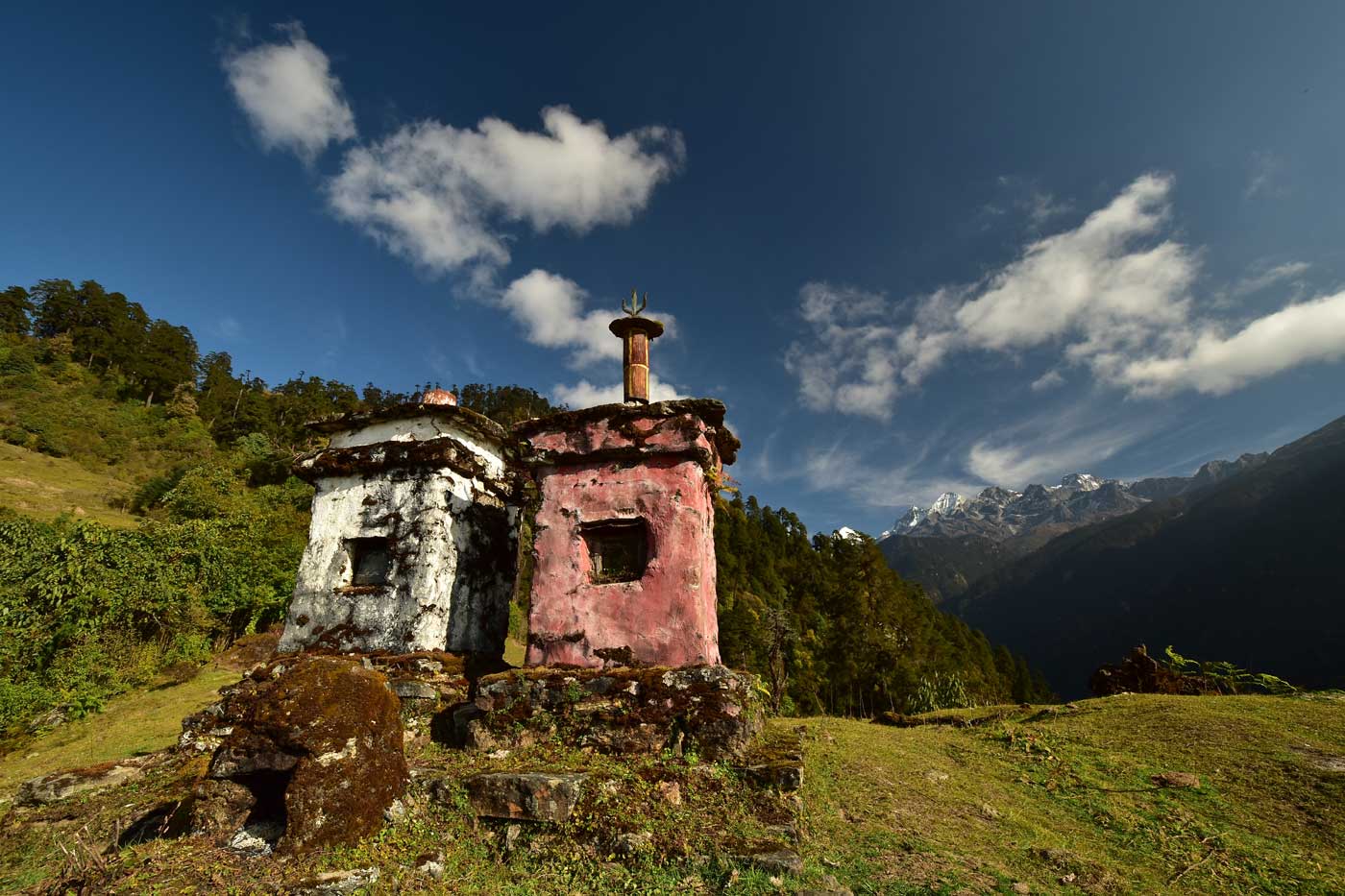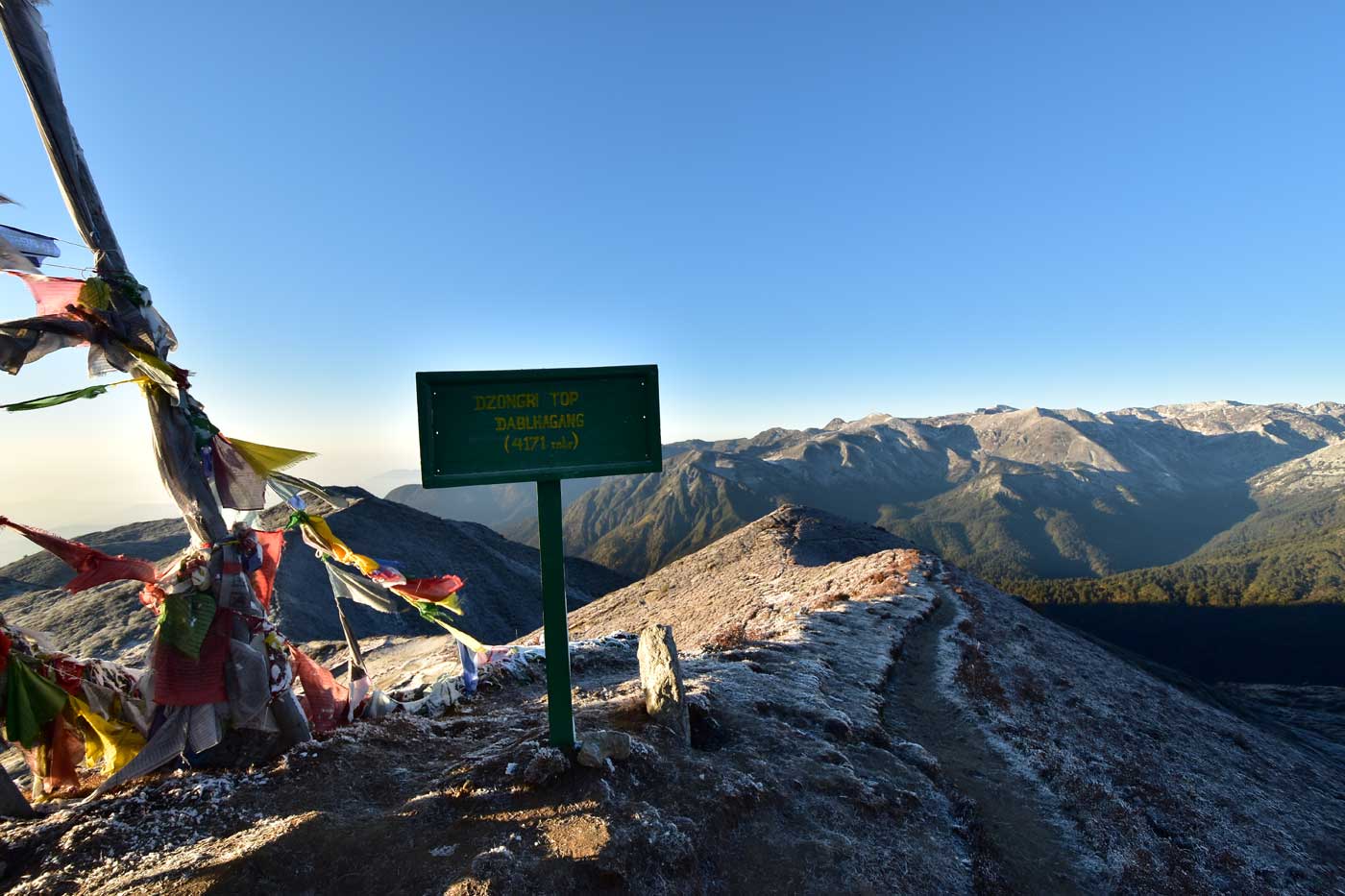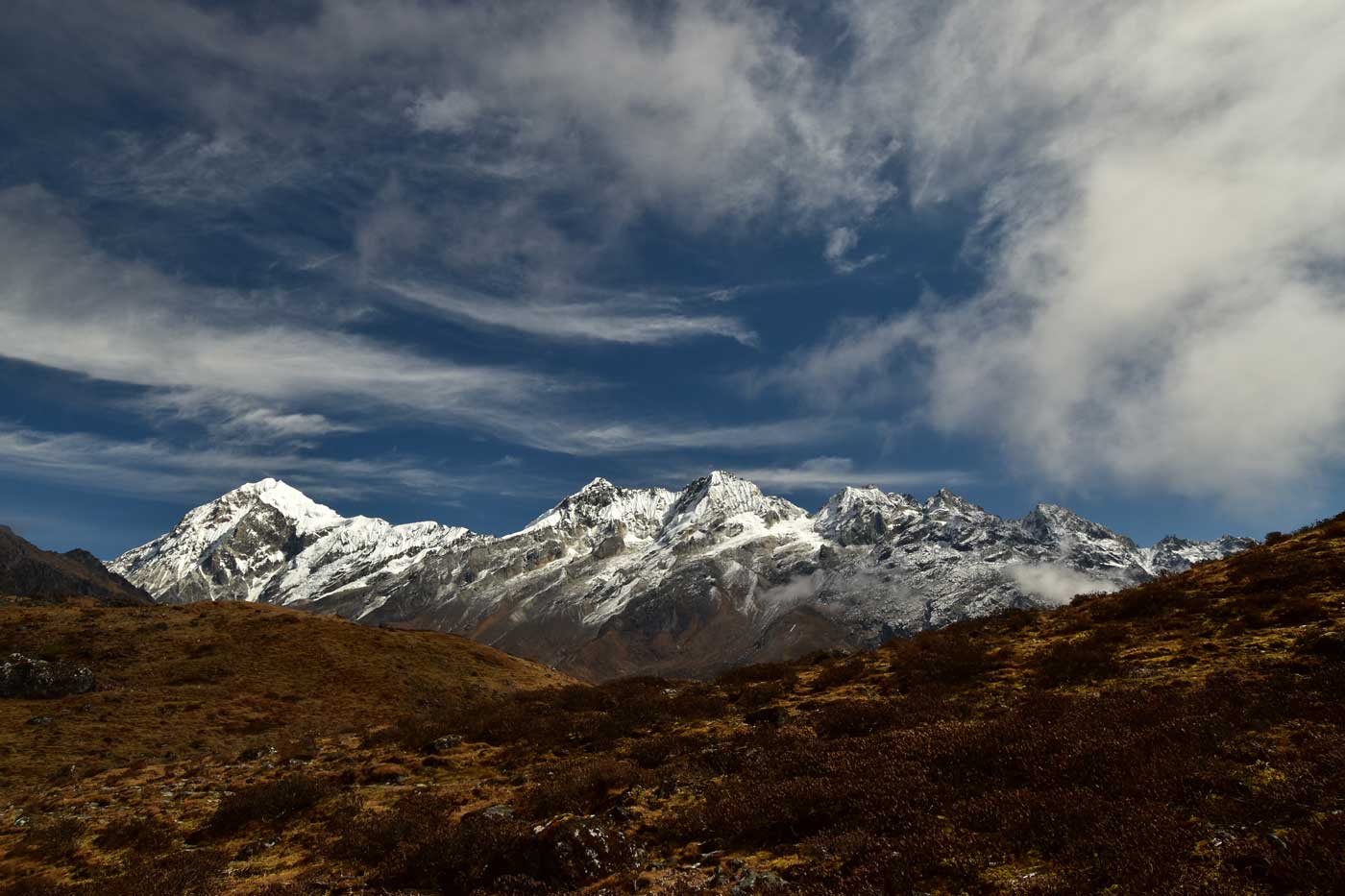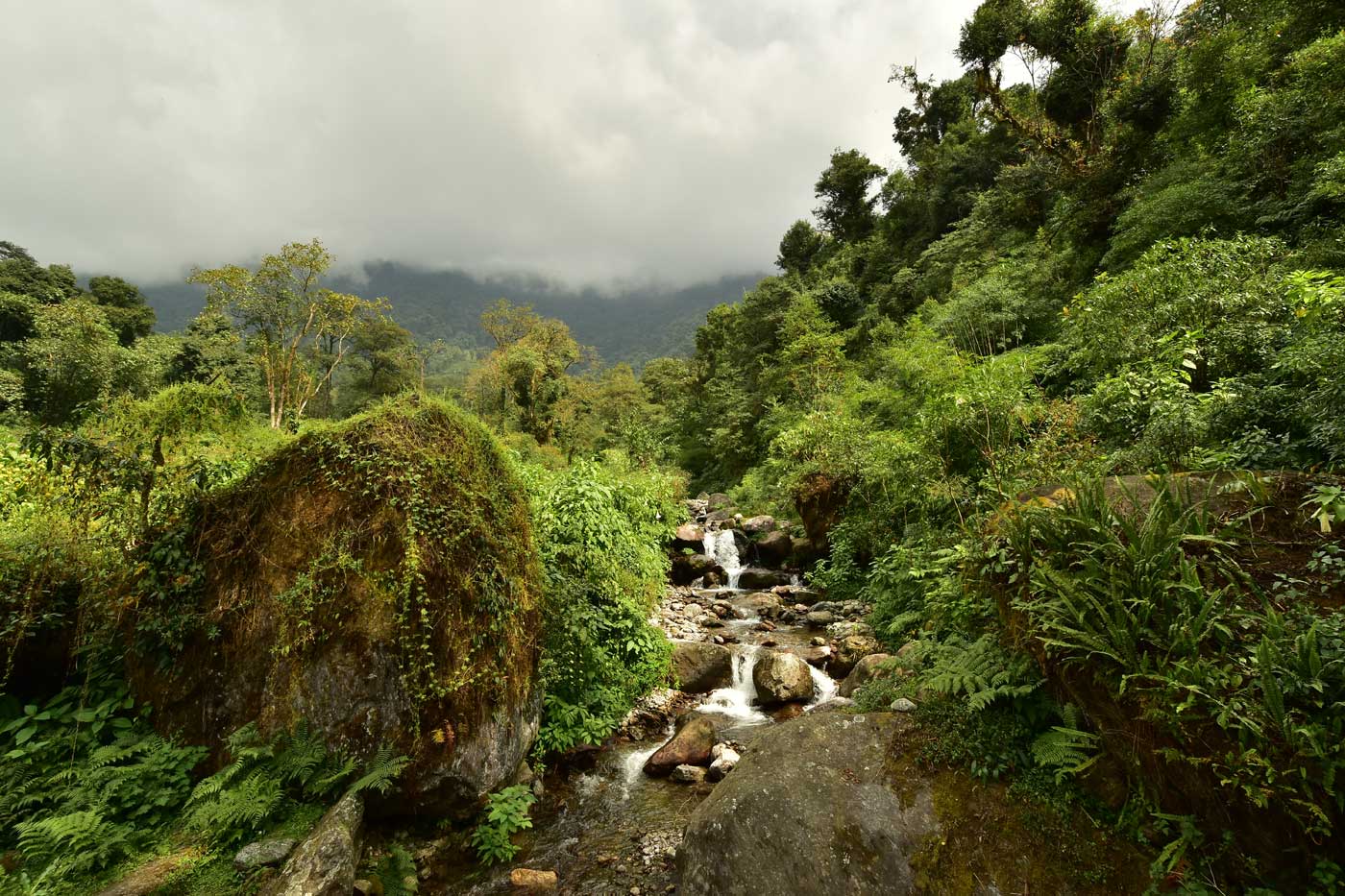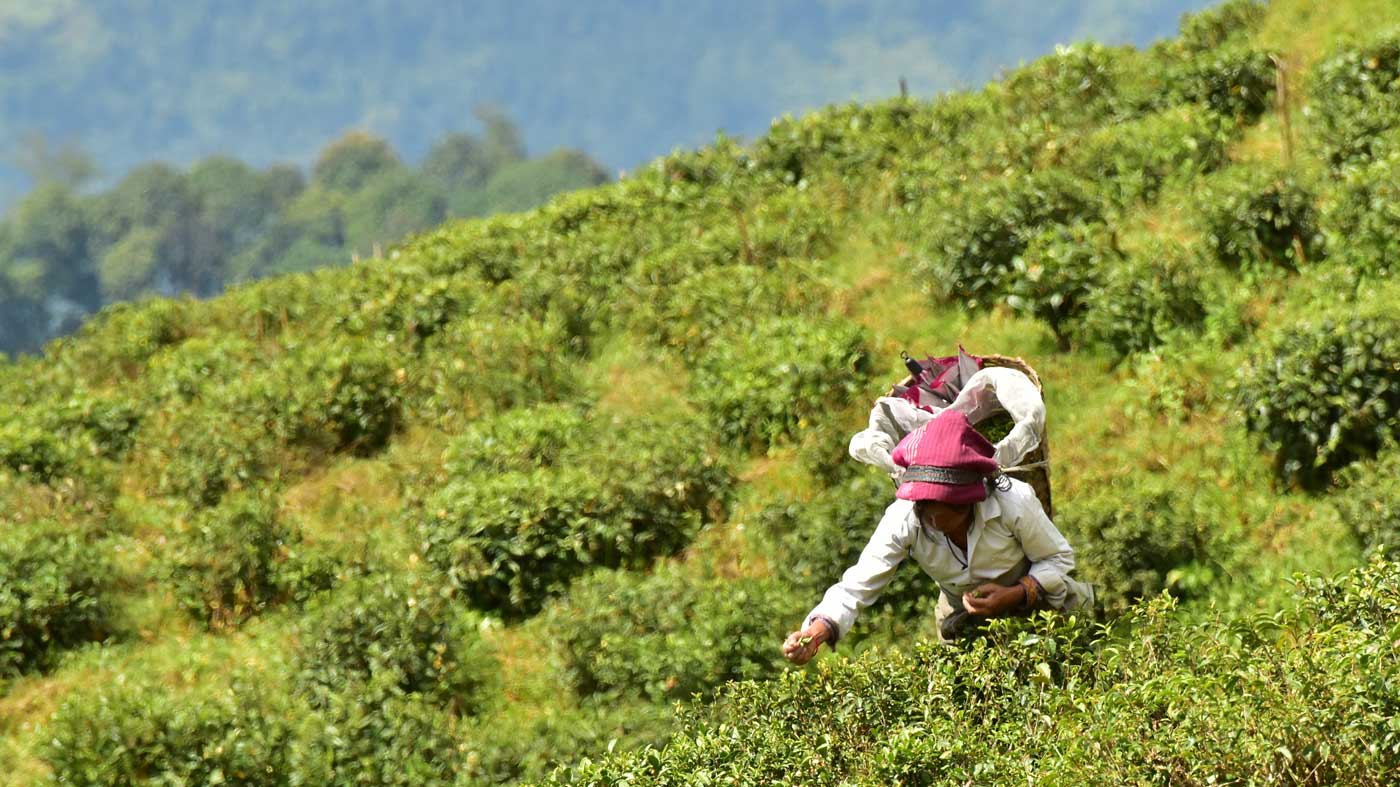Sikkim & Darjeeling
Sikkim is a particularly exciting travel destination. It may not seem like India to me – rather a mixture of Bhutan, Tibet and Nepal. Landscape is very similar to its neighbor Bhutan, also culturally the two have a lot in common. Due to the immigration of Nepalese in recent decades, the small former kingdom in northeastern India has also absorbed much more of its western neighbour. Sikkim has been historically, culturally and religiously interwoven with Tibet for centuries.
Small Sikkim is also home to one of the highest mountains in the world: Khanchendzönga is located on the border between Sikkim and Nepal and is the third highest mountain in the world. It is a constant companion on every Sikkim journey and one of the most photographed motifs.
A stone’s throw away is Darjeeling which is therefore recommended to be connected with Sikkim. The tea paradise has a vibrant colonial heritage and is a special Mecca for mountain lovers.
The Kangchenjunga
It rises with an elevation of 8,586 m: The Kangchenjunga. The third highest mountain in the world. The highest mountain of Sikkim and also India.
to the Blog

Our Tip
A trip to Sikkim does complement an excursion to Bhutan.
Sikkim: Facts & Figures
Area: 7.000 km2
Capital: Gangtok
Population: 600.000
Religious affiliation: Buddhism and Hinduism
Best time to travel: March-Beginning of June and October-November
Climate: In the valleys subtropical, above 1,000m temperate climate. Sikkim is heavily affected by the monsoon and is also one of the wettest regions of the Himalayas, so you should definitely make your trip outside the monsoon season (June-October).
Sikkim is one of the smallest states of India and is located in the southern Himalayas between Bhutan, Tibet and Nepal. The third highest mountain in the world – the Khanchendzönga with 8,586m – is partly located in Sikkkimese territory. The Khanchendzönga is also considered the patron deity of Sikkim. The largest river is the Teesta.
Darjeeling: Facts & Figures
Area: 2.092 km²
State: West Bengal
Population: 1,8 Mio. (2011)
Best time to travel: March-Early June and October-November
The district of Darjeeling is part of the Indian state of West Bengal and has about 1.8 million inhabitants. At the same time, Darjeeling is also a city that was very popular with the British as a Hill Station because of its pleasant climate. Like Sikkim, Darjeeling receives considerable amounts of rainfall during the monsoon season, making travel time similar to that of Sikkim. Darjeeling is known in the West for its aromatic tea grown in the district of the same name.
Worth seeing
Orchids in all shapes and colours, terraced fields, snow-covered mountain giants and friendly people. This and much more is definitely worth a trip to Sikkim.
Gangtok is the capital of Sikkim and was built spectacularly on a slope. Must sees are the Enchey Monastery, the Namgyal Institute of Tibetology, the Lal Bazar and its parks. Rumtek is not far from it. The largest monastery in the country is home to His Holiness the Karmapa – one of the most important figures in Tibetan Buddhism.
Yuksom is the first capital of the former Kingdom and today an important starting point for trekking tours and expeditions to the base camp of the Khanchenjunga. Pemayangtse Monastery is located near the city of Pelling and is one of the largest monasteries in the country, along with Rumtek.
Darjeeling is not only the capital of tea, but also home to the Himalayan Institute for Mountaineering and a really good zoo by Indian standards. The monastery of Ghoom is worth a visit and the ride on the toy train from British times brings a bit of variety.
Kalimpong: The city has a lot of flair for me personally. Architecturally, it is an exciting city. It also has many Buddhist temples and beautiful hotels with colonial history to offer.
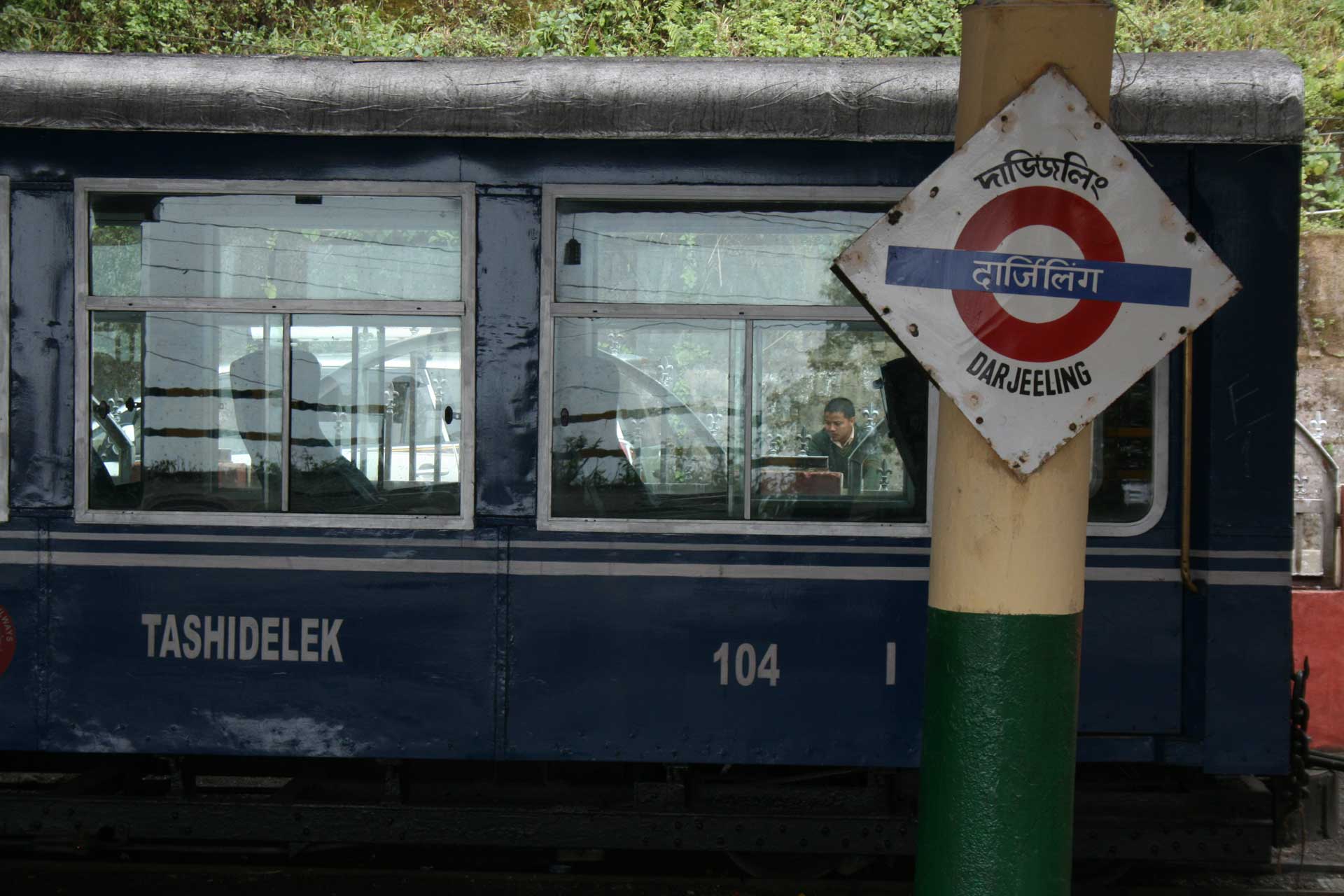
Activities
If you don’t want to do a (pure) jeep safari, you can explore a lot on foot along smaller and larger pedestrian trails or on the other hand make a real trekking tour. Particularly popular trekking tours start in Yuksom, as there is entrance to the Khanchendzönga National Park. From Yuksom you can hike up to the Goeche Pass, from where you can admire the third largest mountain in front of you.
Starting from Darjeeling, the Singelia-Trek is particularly popular. Not by chance, you can enjoy incredible views of the surrounding mountains every day.
Friends of flora and fauna will also get their money’s worth in Sikkim. Orchids, ferns, birds and butterflies of all kinds are particularly comfortable in Sikkim. This attracts nature lovers from all over the world.
Links & Further Information
The official Site of the Sikkim Tourism Department >> http://www.sikkimtourism.gov.in
The official Site of the Darjeeling Tourism Department >> http://www.darjeeling-tourism.com/
Homepage of the Zoos in Darjeeling >> http://www.pnhzp.gov.in/
For Railway Fans: Information about the Toytrain in Darjeeling >> http://dhr.indianrailways.gov.in/
Information about the Khangchendzonga-Nationalpark >> http://www.knpsikkim.in/
Newspaper reports in the Neue Züricher Zeitung 2004 >> Sikkim wird auf die Erde zurückgeholt.
Travelogue in Welt, 2006 >> Wolkennah: Himmelreich im Himalaya.
